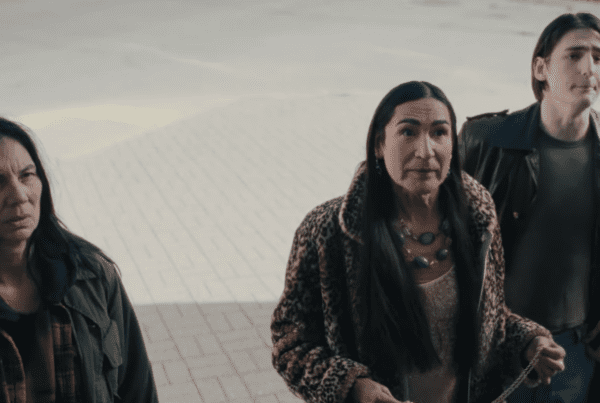
As is the case with many professions, expanding your knowledge and skillset is always a welcome and desirable challenge that will inevitably allow you to diversify your career. If you currently work as a makeup artist or have the dream to be, you may find yourself benefiting from learning more than just makeup tips, tricks, and techniques. After all, what good is flawless or interesting makeup design without an equally compelling hairstyle? Hairstyling and makeup design go hand-in-hand, working in tandem to complement one another and set you up for a lucrative and fulfilling career as a well-rounded beauty guru.
Here are just a few ways in which these two beauty skill sets complement each other, and what you stand to gain as a master of both.
The Benefits of Learning Hairstyling
Mastering even the most basic of hairstyling techniques alongside your skills as a makeup artist automatically gives you a leg up in competitive hiring scenarios. When a potential client learns that you offer both hair and makeup styling, they will often hire you for both purposes, increasing your income. It’s also a more convenient option for most clients who would otherwise have to source two different people, or teams, for both makeup and hair. It’s no secret that the beauty industry is highly competitive, so anything you can do to stand out from your competition is worth pursuing.
Mastering both hair and makeup will likely make you a bridal favorite, as any bride-to-be and her team is under a tremendous amount of stress. Being able to offer both services alleviates the stress of sourcing multiple people, and forges a rapport that will likely get you referred to her friends or family members whose nuptials are upcoming. Further, offering complete bridal or “special occasion” packages open up your client market, yield higher payments and more referrals.
Additionally, learning hairstyling in conjunction with makeup application will make you more employable on TV or film sets. Undoubtedly, breaking into this industry will happen much quicker if you market yourself as a leading makeup and hairstylist, enabling the crew to hire an all-in-one artist. This same logic also applies to fashion sets and photoshoots.
Important Skills & Tools
It’s important to understand that becoming a qualified hairstylist is not the same as a hairdresser. While hairdressers are responsible for washing, drying, cutting and colouring a client’s hair, a hairstylist simply styles it for any given scenario. Understanding this, there are several skills you’ll need to master in order to work as a successful hairstylist. Chief among these include knowing how to use heat tools and mastering different brush techniques. You’ll soon discover styles that will benefit from added volume and curl; those that require waves; and others that look best sleek and straight. Basic hairstyling techniques, such as braiding or pinning are also important, especially for up-dos.
There are a number of tools hair stylists will be tasked to use to create a number of different styles. These tools can often be found in your local drugstore or hair supply store at relatively low costs, enabling beginners to create their own kits and start practicing. These tools include common items such as:
- Curling irons and wands
- Flat irons
- Hairpins
- Pick combs and round brushes
- Blow dryers
- Hair rollers
- Hairspray
More advanced tools can include:
- Marcel irons
- Heat protection spray
- Smoothing serum
With experience, high-quality versions of these tools can be procured to ensure you’re able to create the crème de la crème of hairstyles.
The Importance of Certification
While you and your friends may unanimously agree that you’re the best at styling your own hair and theirs, this is not a viable superlative for landing your dream job. Much like any job for which you apply, having a certification gives you the academic clout you need to qualify your skills, in addition to industry experience.
Having more than one certificate can dramatically help your chances of employment, which is why seeking a hairstylist certificate or accreditation in addition to your makeup styling or other diplomas will work wonders. It’s important to note, however, that typically hair styling certificates do not certify you as a hairdresser.
Between positioning yourself as a competitive candidate for any beauty job, a booming salary, and academic clout, there is no reason to not consider a hairstyling certificate to complement your existing certificates or diplomas. Especially in today’s highly competitive beauty industry, pursuing any opportunity that will give you an edge over your competition is worthwhile.




